MY HOMESTEAD FARM LAND: Cultivating my home grown Afang leaf, PROCEDURES+HEALTH BENEFITS
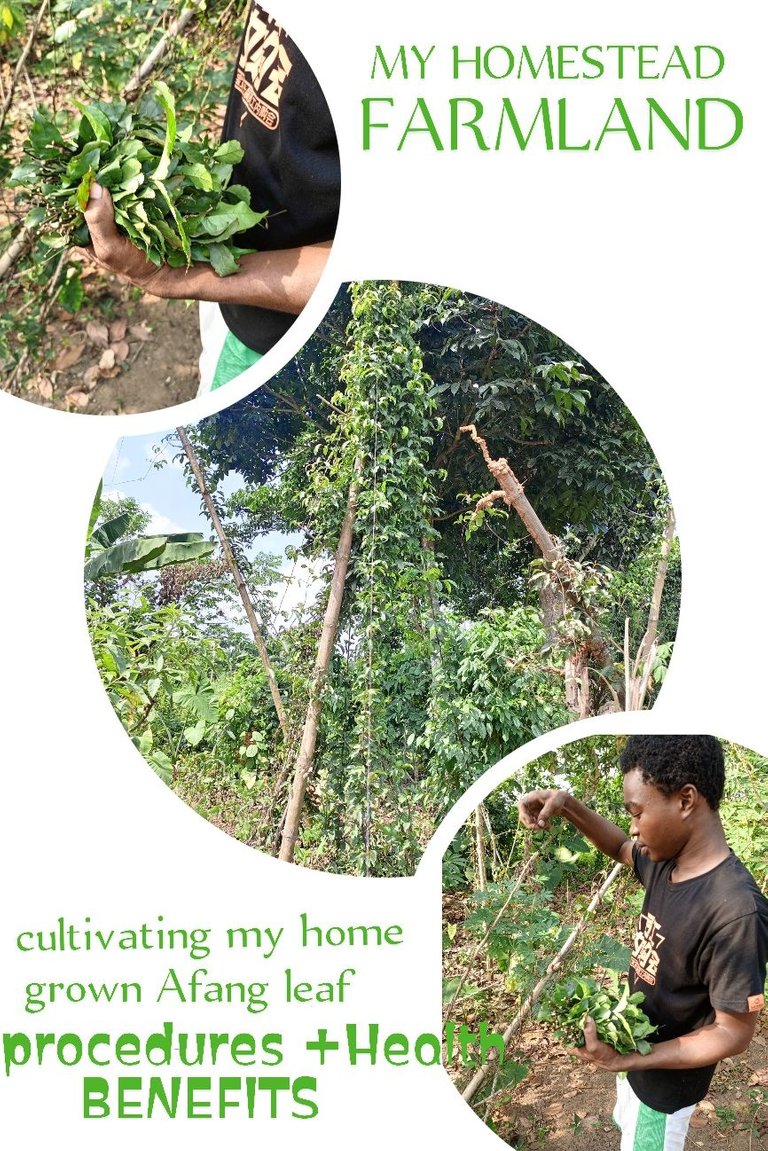
Afang or okazi also know as Gnatum Africanum is a dark green leafy vegetable with a slight bitterness, it's usually durable in texture and is use to cook the popular fang soup or okazi which is very popular in the Southern and eastern part of Nigeria, it usually make for a very delicious soup when prepared.
Originally known to be a delicacy of the southern people of Nigeria particularly Akwa Ibom state and cross river state, due to it rich taste it is a widely consumed soup in Nigeria, any of the fast food or hotel must have it in their menu as one of her top National dishes.
It is also widely known to be consumed in other African countries with their unique names
Such as in Cameroon it is called Eru or Kok, it is known as Koko in central Africa Republic, and Ntoumou in Garbon.
Usually prepared with water leafs, meat, fished, perewinkle and other wonderful condiments for cooking soups.
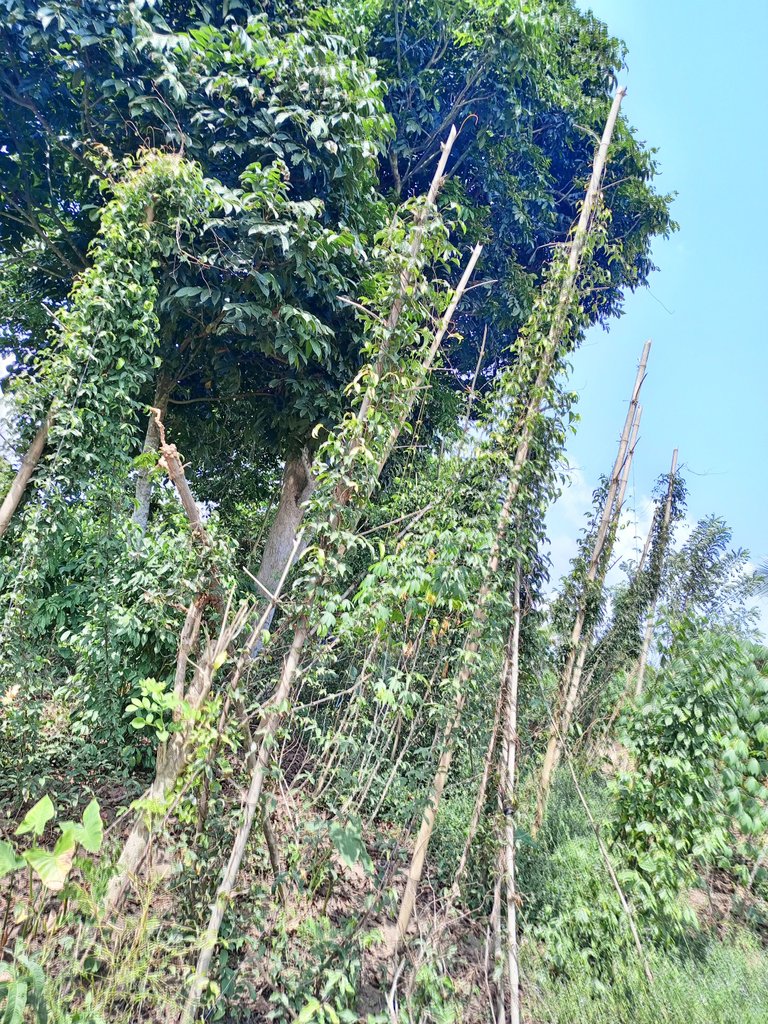
We Spin a tall bamboo tree close to the plant to enable it in climbing upwards ....
HOW WE GROW THE AFANG LEAFS
The Afang leaf can be cultivated in three different ways which are seeds, roots and vines, but the most surest ways of propagation is thru the roots which can be done by transplanting.
in growing the nursery if one wishes to grow the leafs in Economically large quantities, then the seeds planting can be done, the seeds are round and has a hard coat, usually I use a small nylon fill in the loamy soil and bury the seeds then water them every morning and evening.
But the best ways to cultivate is to go to an existing farmland and uproot the seedlings and plant it, it takes about 5-6months to probably sprout, after the first three months we usually will spin a tall bamboo stick close to it to help the vine climb on as it grows while watering it too.
The Growth rate of the Agnum Africanum (Afang) is slow due to the fact that the roots cannot go deep enough to reach the deep part of the soil require for essential growth, the leafs survive well in a very rich soil with good plant nutrients, for a effective growth organic or inorganic manuring is required, the plant grows well in an open space with enough sunlight for photosynthesis since it a shallow rooted plants
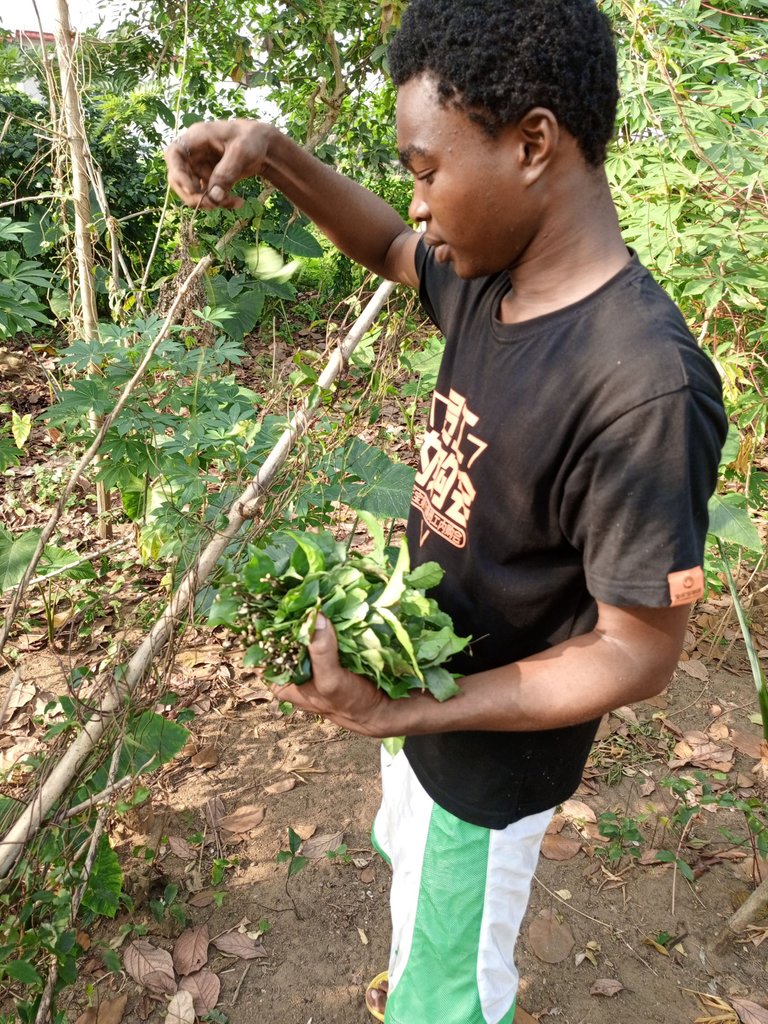
HARVESTING
The first harvesting usually take place 6-9 months after planting, my preliminary observation is that 3-4 harvesting a year is possible still allowing for substantial regrowth of leaves, too much frequently harvesting will result in thin leaves and these are considered inferior especially when taken for sales, compared to the first year harvesting which it leaves usually grows big and fresh under normal conditions of soil and climate, the total life span of the plant is estimated over ten years
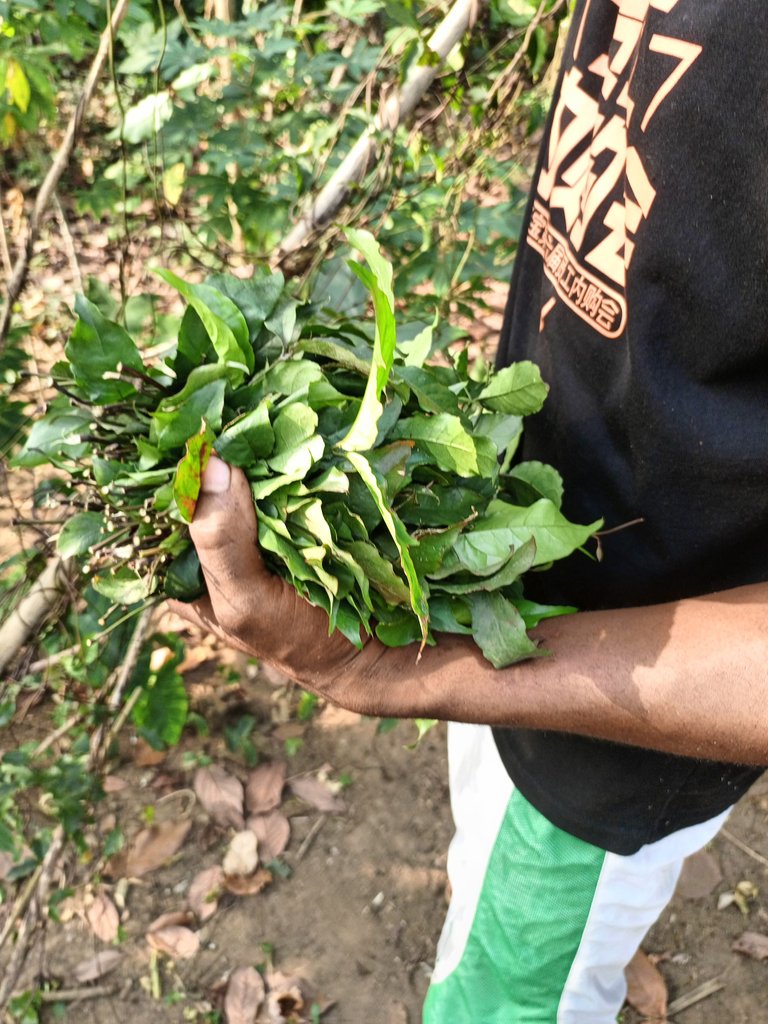
CONSUMPTION
The leaves can be eaten raw as is the case predominant in the eastern part of Nigeria Or cooked, this rather tough vegetables has to be shredded, pound and grind to smooth
then is cooked with Waterleaf, meat, fish, perewinkle and other condiments, after shredding it can be dried and preserve for later use

Sourceshredded Afang leaves
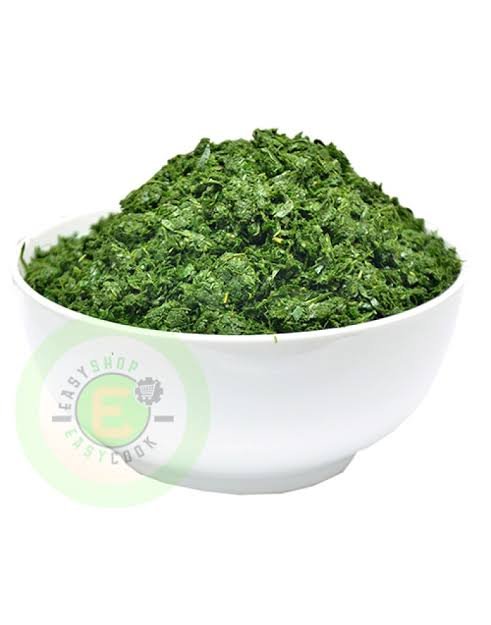
Sourcegrinded Afang leave
HEALTH BENEFITS
The leaves has a very high nutritional value, good source of protein amino acid, the leaves are laxative and is used in the treatment of constipation,
enlarged spleen,piles,nausea, boils sore throat, and high blood pressure
the leaves are chewed to mitigate the effect of drunkenness as is predominant in African culture, the chopped up leaves can be applied externally on warts and boils to hasten maturation. As is the case in traditional child birth procedures the stem is cut into small piece and infused to produce a tisane that is taken to ease child birth and reduce pain.
here's what's the delicious delicacy looks like after preparation using the Afang leaves
It is eaten with Fufu (our edible starch used in eaten soups) or Garri that is made from cassava granular.
This soup is very delicious you can't have a taste of it and not lick your finger 😁😄...so whenever you come around Nigeria just be sure to make this part of your meals and thank me later ✌️✨🥂
This is @Eminentsam48 Thanking you for reading thru and never backing out
MUCH APPRECIATED 💯👍💞
SEE YOU IN MY NEXT POST
Stay safe
#GRACIAS💞
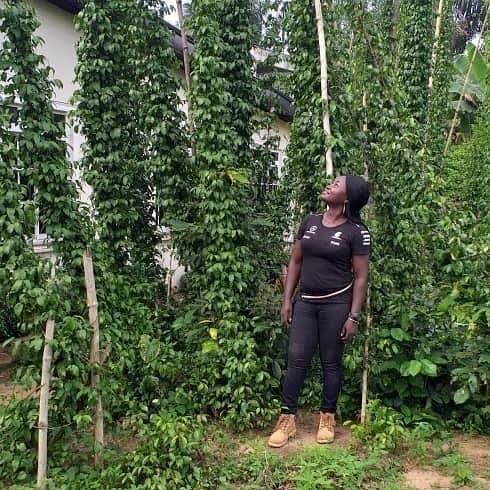
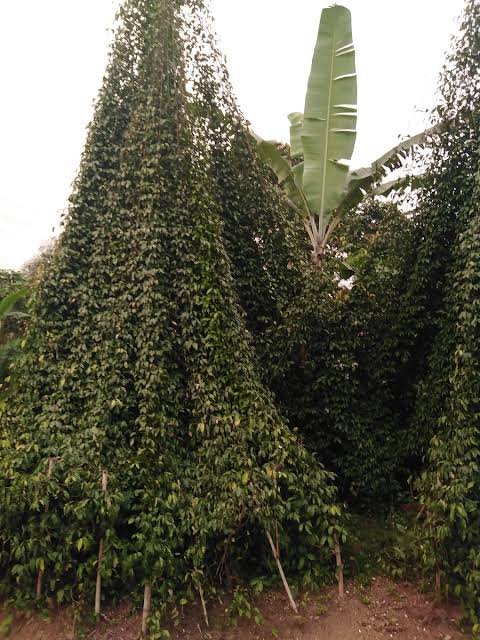
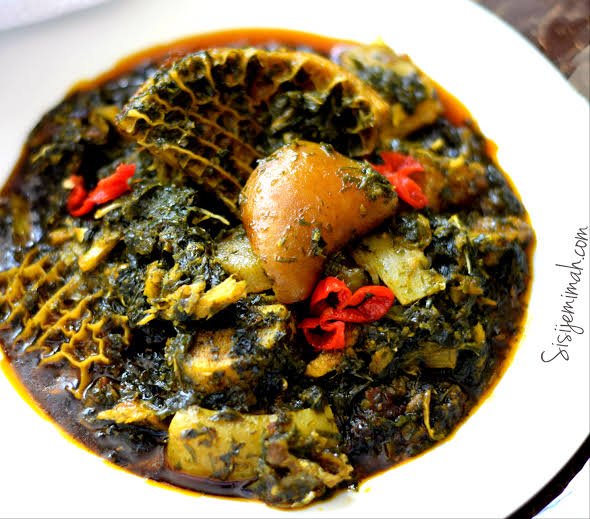

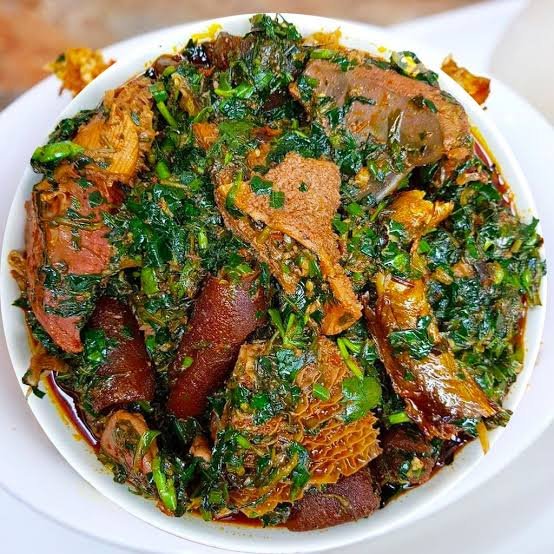
Nothing beats a good afang delicacy 😋
!discovery 23
!DIY
😂 lol....if you know you know!!!....thanks
This post was shared and voted inside the discord by the curators team of discovery-it
Join our community! hive-193212
Discovery-it is also a Witness, vote for us here
Delegate to us for passive income. Check our 80% fee-back Program
Thank you so very much....I appreciate a while lot
Thank you for sharing this post on HIVE!
Your content got selected by our fellow curator stevenson7 & you just received a little thank you upvote from us for your great work! Your post will be featured in one of our recurring compilations which are aiming to offer you a stage to widen your audience within the DIY scene of Hive. Stay creative & HIVE ON!
Please vote for our hive witness <3
Thank you so much @stevenson7 and @diyhub I appreciate you a lot .. trust me it's motivation